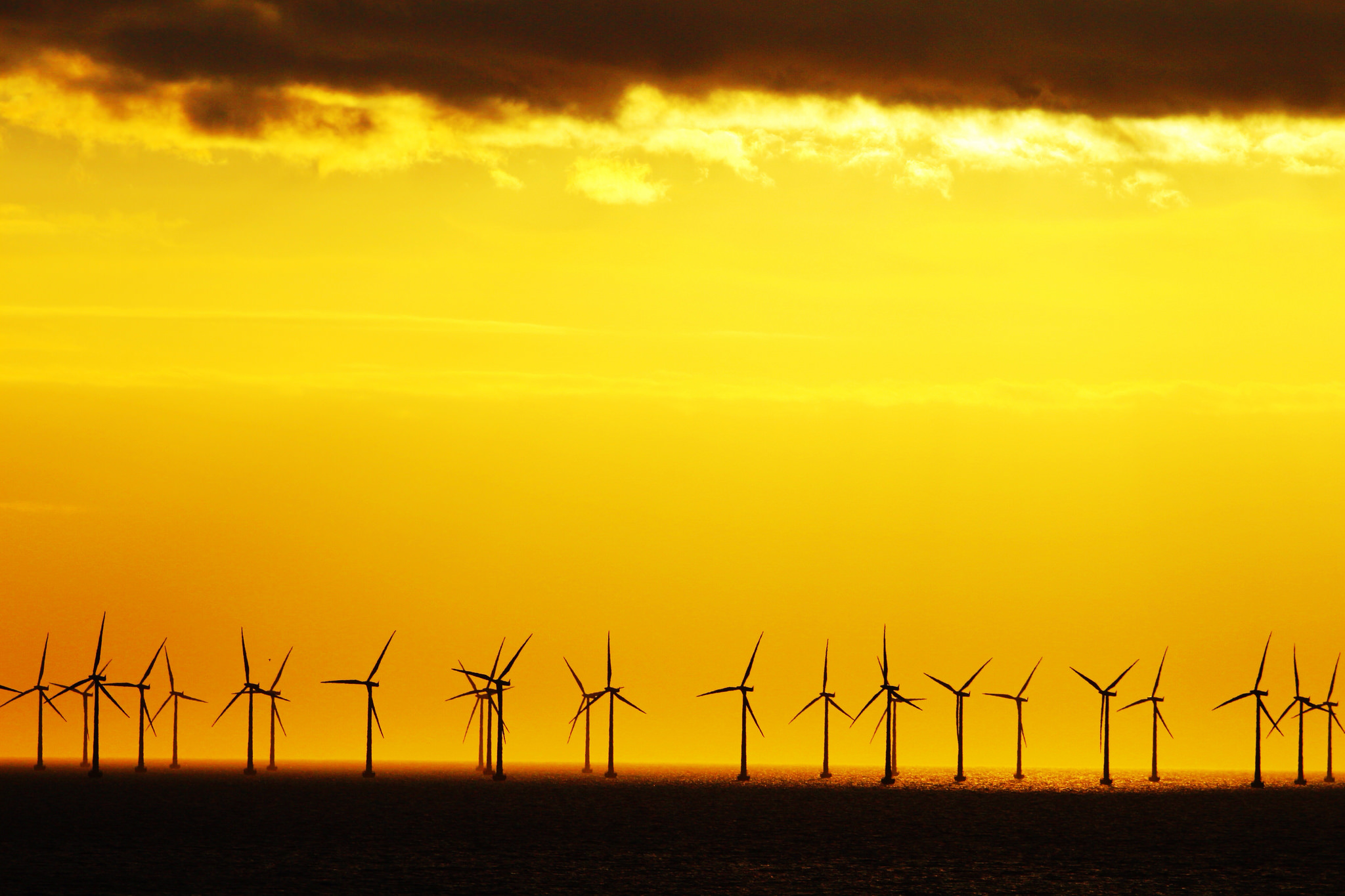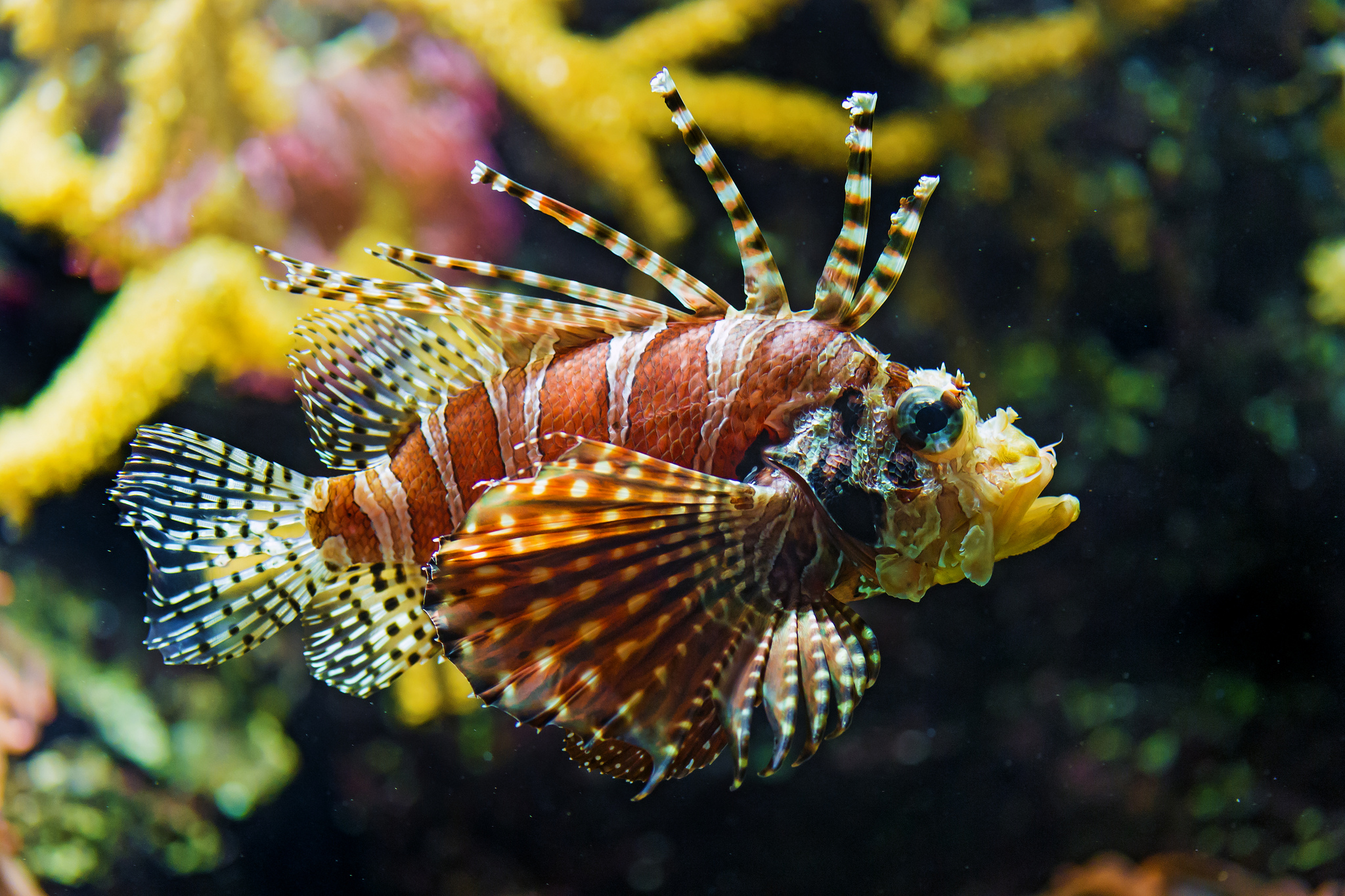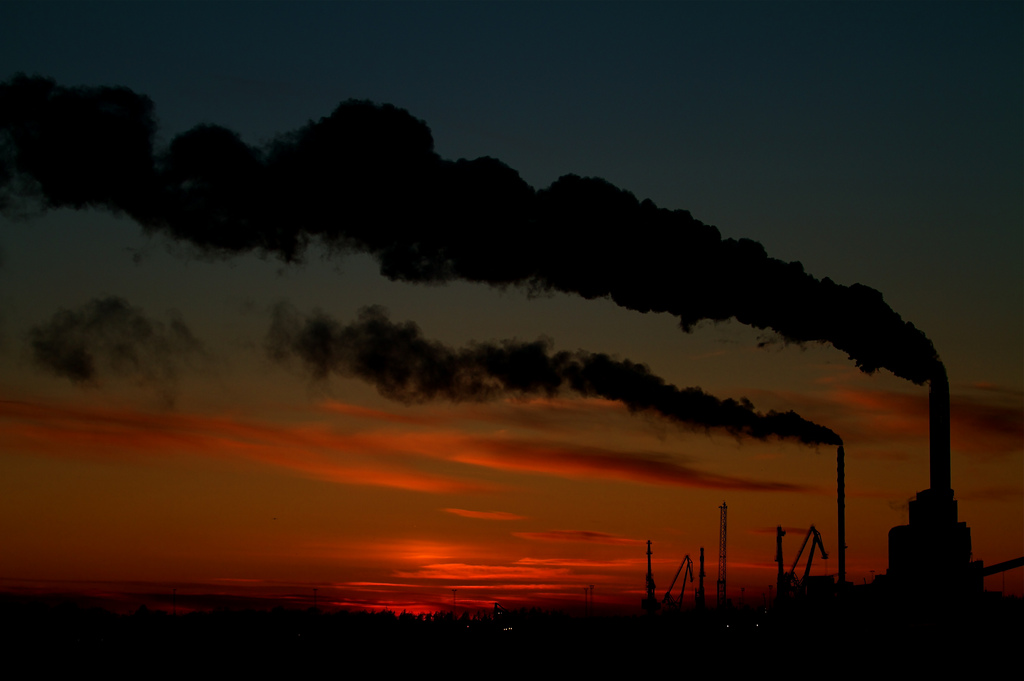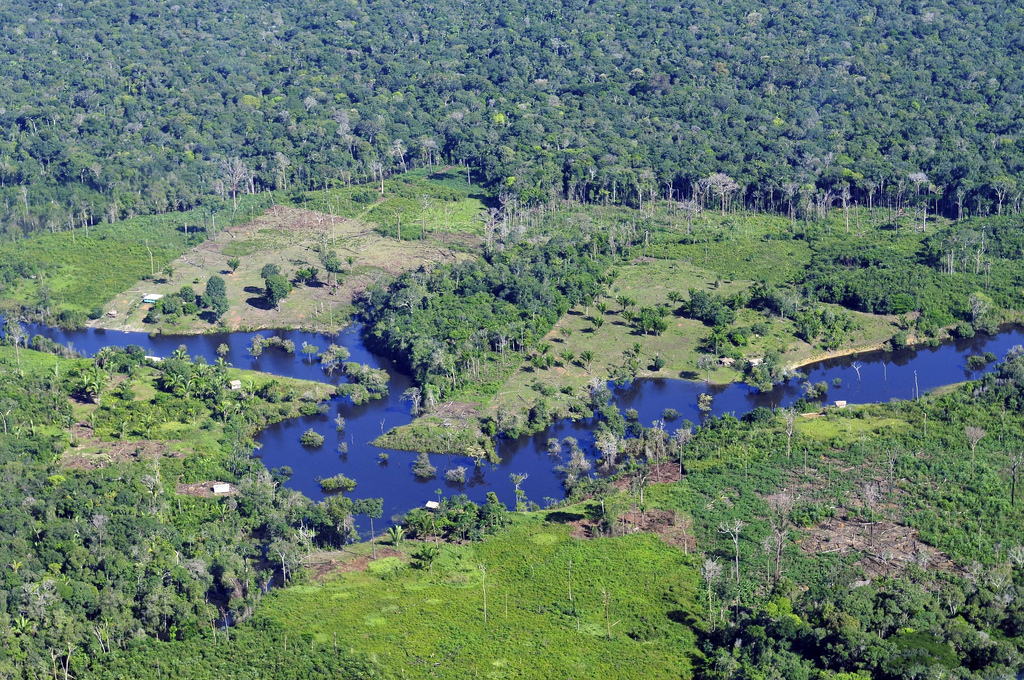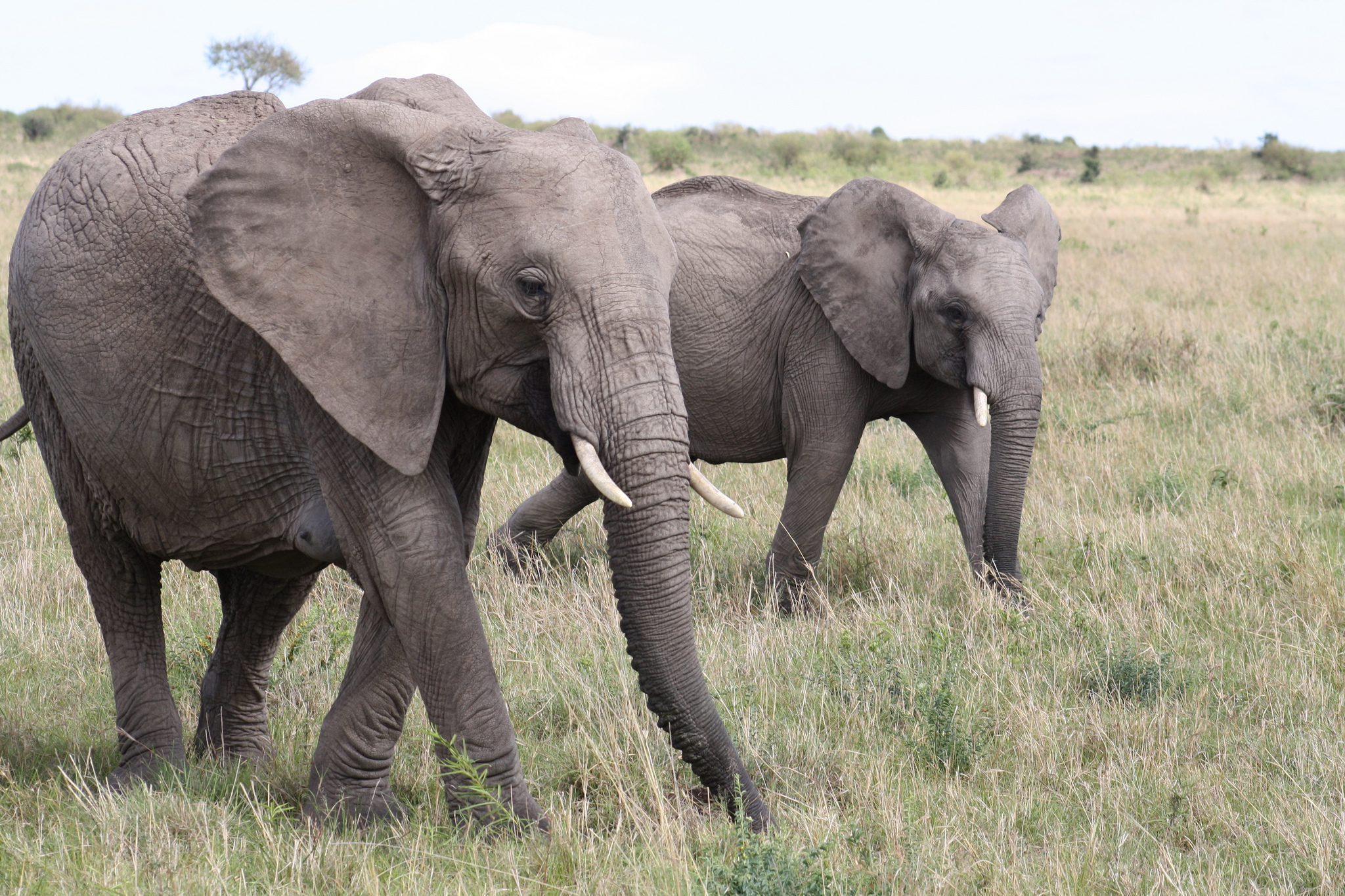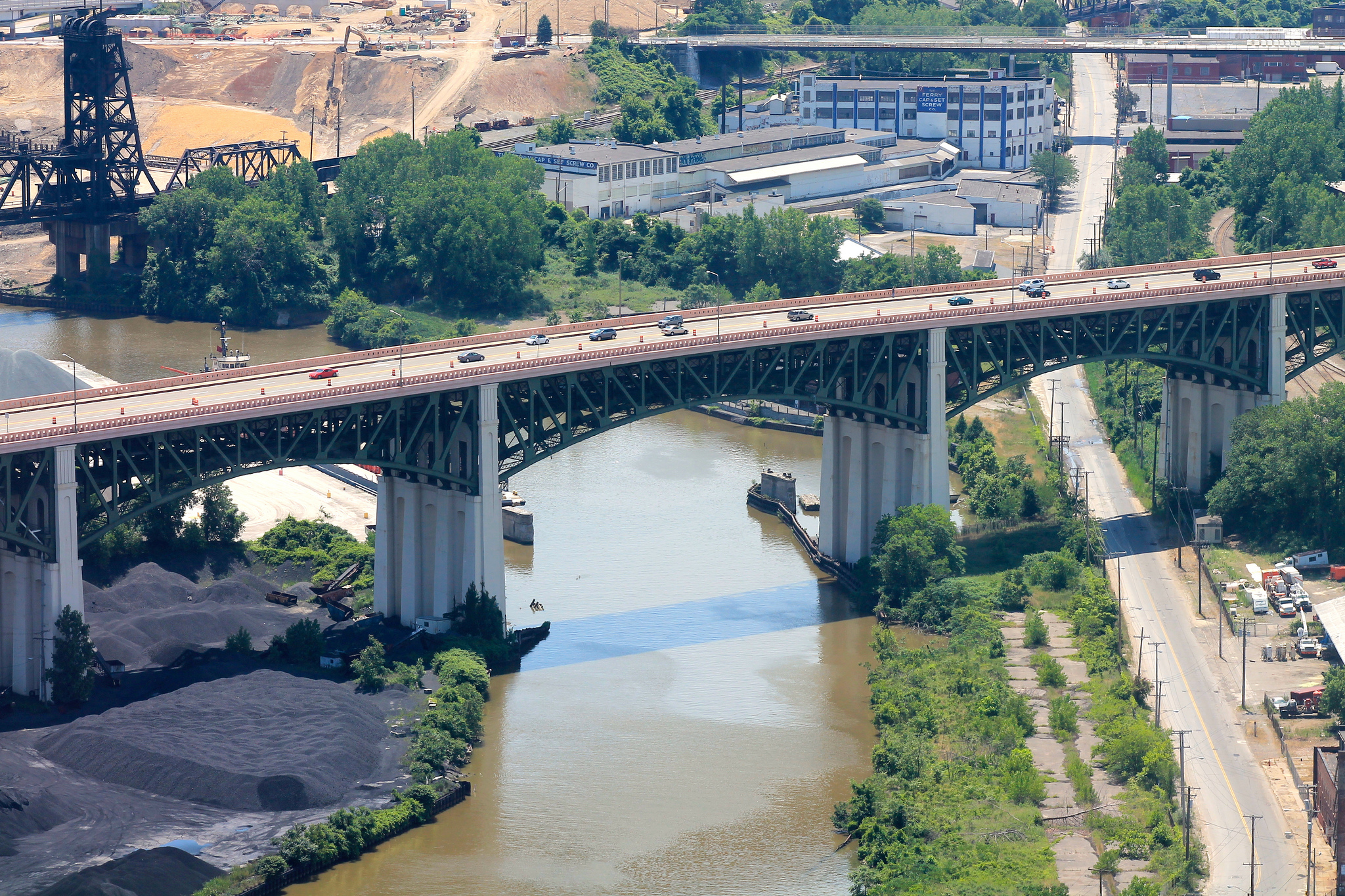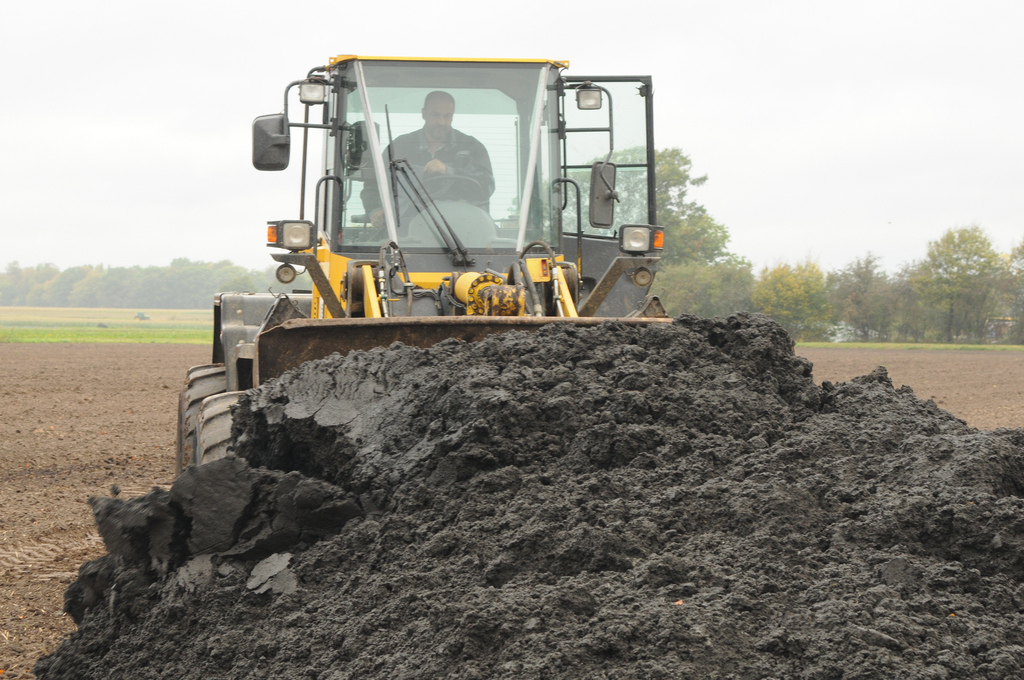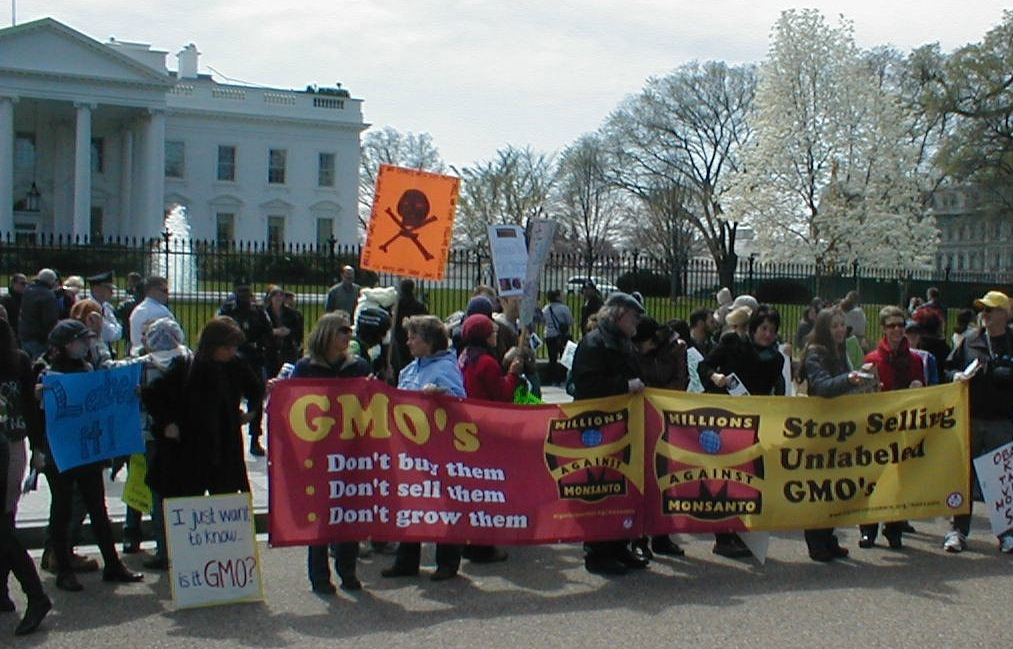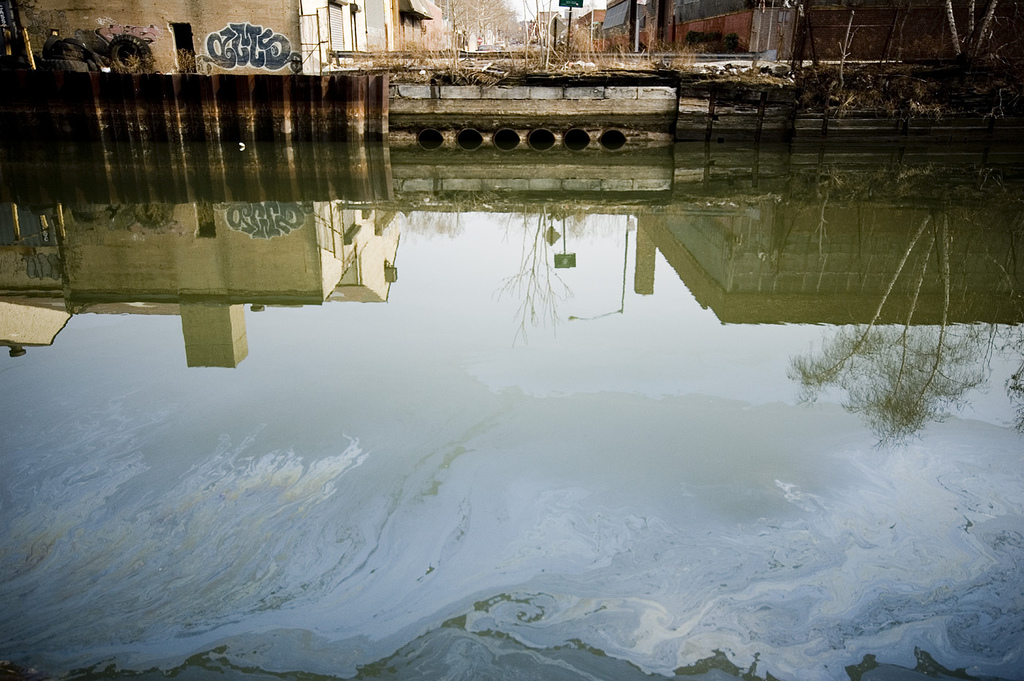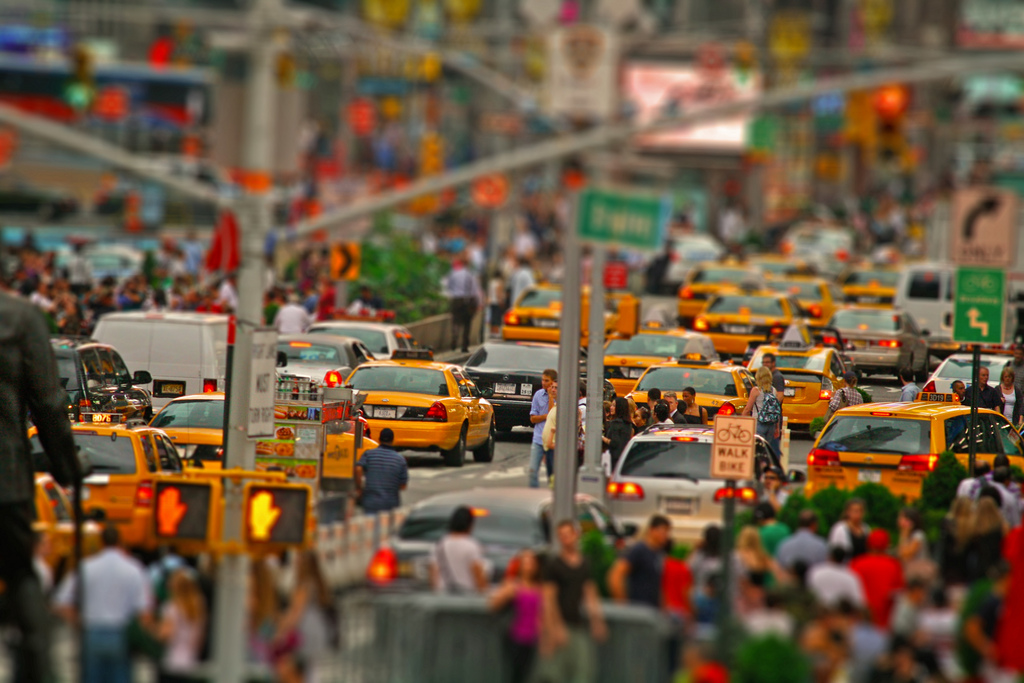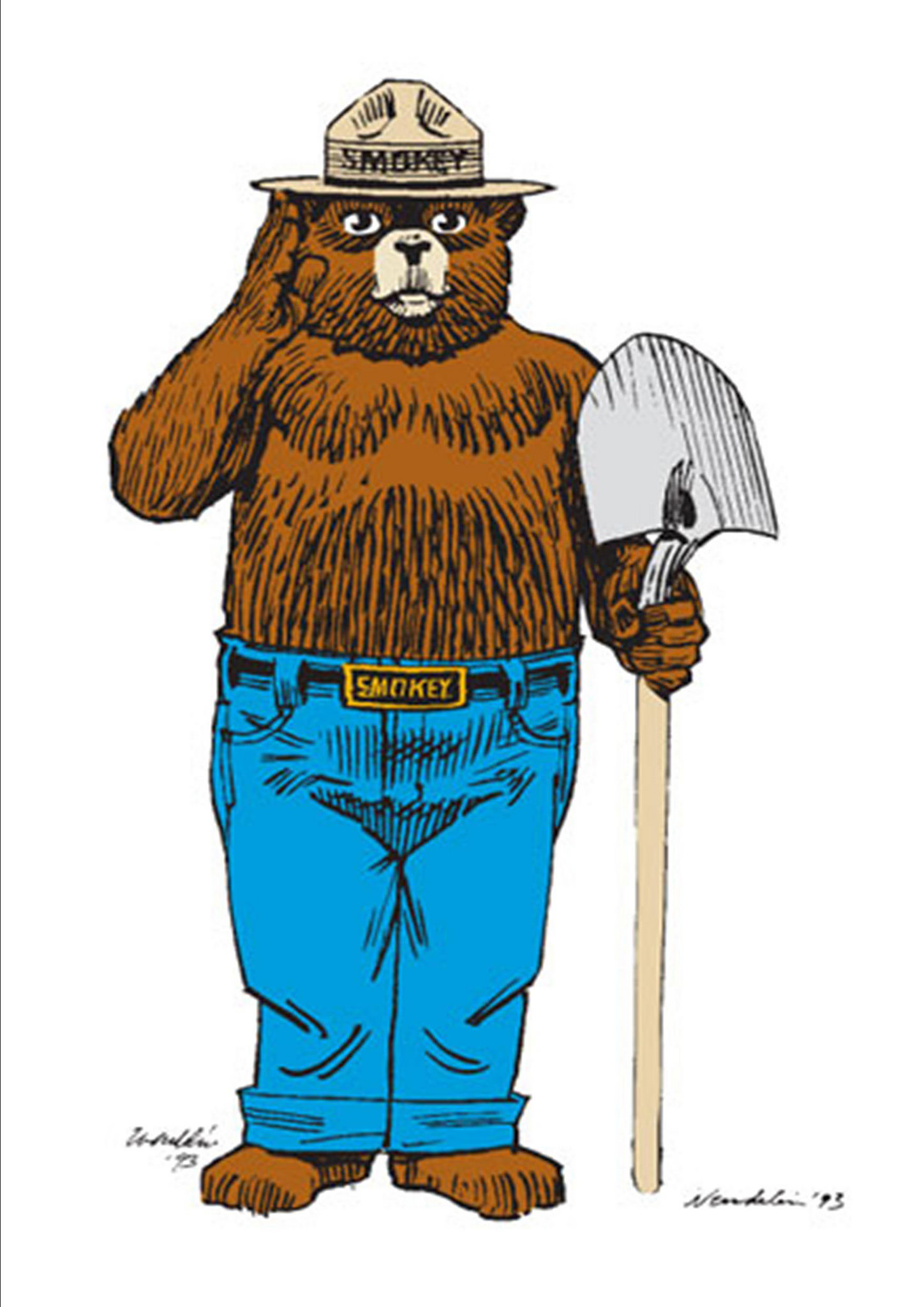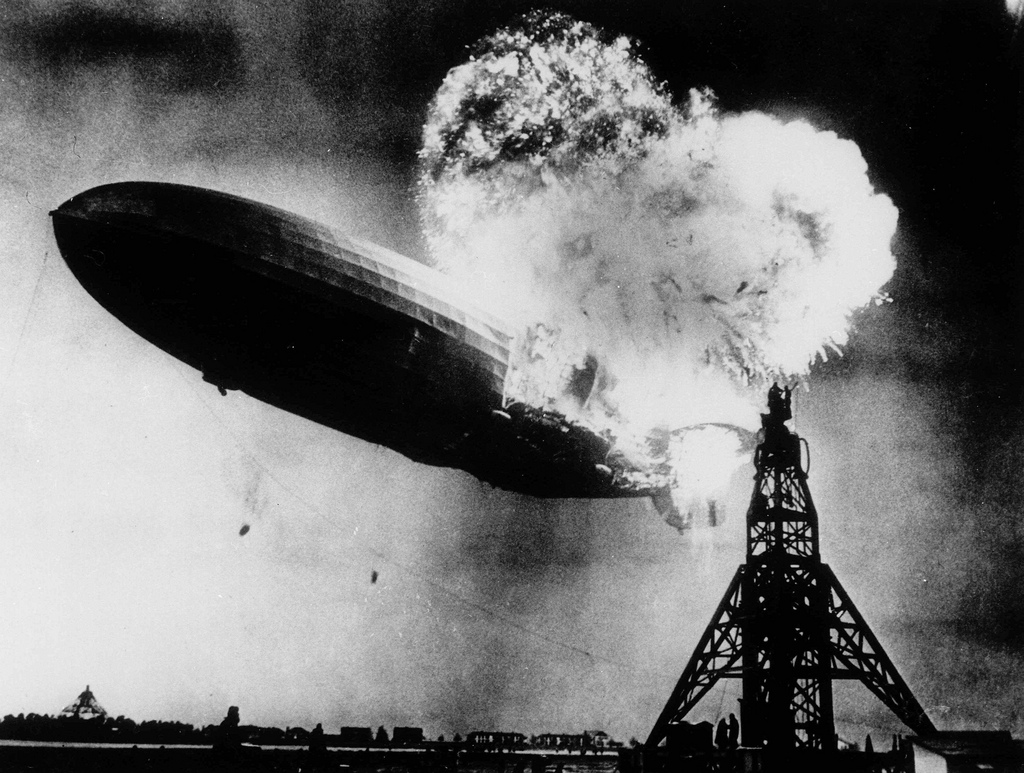Sustainable Living
Schumer and flame retardants
New York’s U.S. Senator Chuck Schumer recently proposed legislation to ban the use of ten toxic flame retardants in children’s products and home furniture.
Lionfish
Since lionfish first appeared on the eastern seaboard in the 1980s, the invasive predators have wreaked havoc on local ecosystems. The venomous, striped fish have voracious appetites. And they spawn at a mind-boggling rate, producing two million eggs per year. Lionfish now dominate Atlantic waters from North Carolina to Venezuela.
Profiting by reducing global warming
At this point, it is pretty clear to most of us that climate change is real, that it increasingly will threaten lives and property, and that it is going to take some real changes in society’s behavior to slow it down.
Deforestation and the grocery store
When we visit the supermarket or drugstore, deforestation is probably not at the forefront of our minds. Yet many of the items we purchase – from packaged cookies to body lotion – come with the hidden cost of illegal deforestation, particularly in tropical regions.
Valuable elephants
Over the past 40 years, the world has lost half of its wildlife and a very visible part of that loss has been the killing of African elephants for ivory. The illegal ivory trade is big business. Despite increasingly strong ivory trade bans, the slaughter of elephants has not abated. Some 23,000 African elephants were killed for their tusks in 2013 alone. The raw ivory value of a single poached elephant is estimated to be $21,000. All this money has led to corruption and difficulty in enforcing anti-poaching laws.
Defining Protected Waters
In the late 1960s, our country’s fresh waters were in crisis. Ohio’s Cuyahoga River and the Detroit’s Rouge River were prone to fires. Time Magazine declared Lake Erie dead.
Valuable sludge
This summer, the world’s largest working advanced sludge digestion plant opened in Manchester, UK and it showed that the power-hungry process of treating waste can be self-sufficient in terms of energy use. The Davyhulme facility handles the sewage of 1.2 million people and it can actually export surplus power to the U.K. grid.
Natural foods and GMOs
More and more people are trying to make smart choices about the foods they eat. They care about where their food comes from. The food industry has responded to this trend by marketing numerous products with labels like “organic”, “natural”, “artisanal” and so forth.
How green are electric cars?
Cars that run on electricity instead of gasoline have some important environmental advantages, not the least of which is that they don’t have exhaust pipes emitting greenhouse gases and other forms of pollution. But the electricity they run on has to come from somewhere and greenhouse gas emissions are often involved in generating electricity.
Birds and climate change
New research by the National Audubon Society suggests that half of North America’s bird species could face extinction by the end of this century as a result of climate change.
Ethanol from corn waste
Corn ethanol comprises 10% of the US gasoline market as a result of federal mandates. This heavily subsidized product consumes billions of bushels of corn each year. While originally touted as beneficial to the environment and to the economy, corn ethanol has proven to be highly controversial. Corn ethanol production has come under attack for its energy efficiency, environmental impact, and effects on land use.
Whales take Manhattan
This summer, if you took a trip to New York City, you may have seen a humpback whale breeching in the New York Harbor. A decade ago this would have been an anomaly. But within a few short years, humpbacks sightings have become common enough to warrant whale-watching cruises.
Raw sewage in New York
Many of us take for granted the relatively seamless workings of our infrastructure – sewage systems, for instance. Yet in New York City, and particularly Brooklyn’s Gowanus Canal, the system is far from seamless. In fact, the reality is both alarming and a major public health hazard.
Sharing a cab
If you have ever been stuck in bumper-to-bumper traffic in New York City – and if you have ever been to New York City, you surely have – you probably noticed that a large percentage of the cars on the road are taxis. In fact, New York has over 13,000 cabs on its streets.
Smokey the Bear turns 70
August marked not just the anniversary of America’s longest-running public service campaign, but also a birthday – Smokey the Bear turned 70.
Vertical farming
Feeding 7 billion people is clearly one of the greatest challenges we face and estimates are that by the end of the century, the world’s population could reach 10 to 12 billion people.
The hydrogen economy
Many automakers believe that the ultimate replacement for gasoline power will be hydrogen fuel cells. In order for this to come about, production of hydrogen will need to be economical and energy efficient.
How safe is hydrogen?
